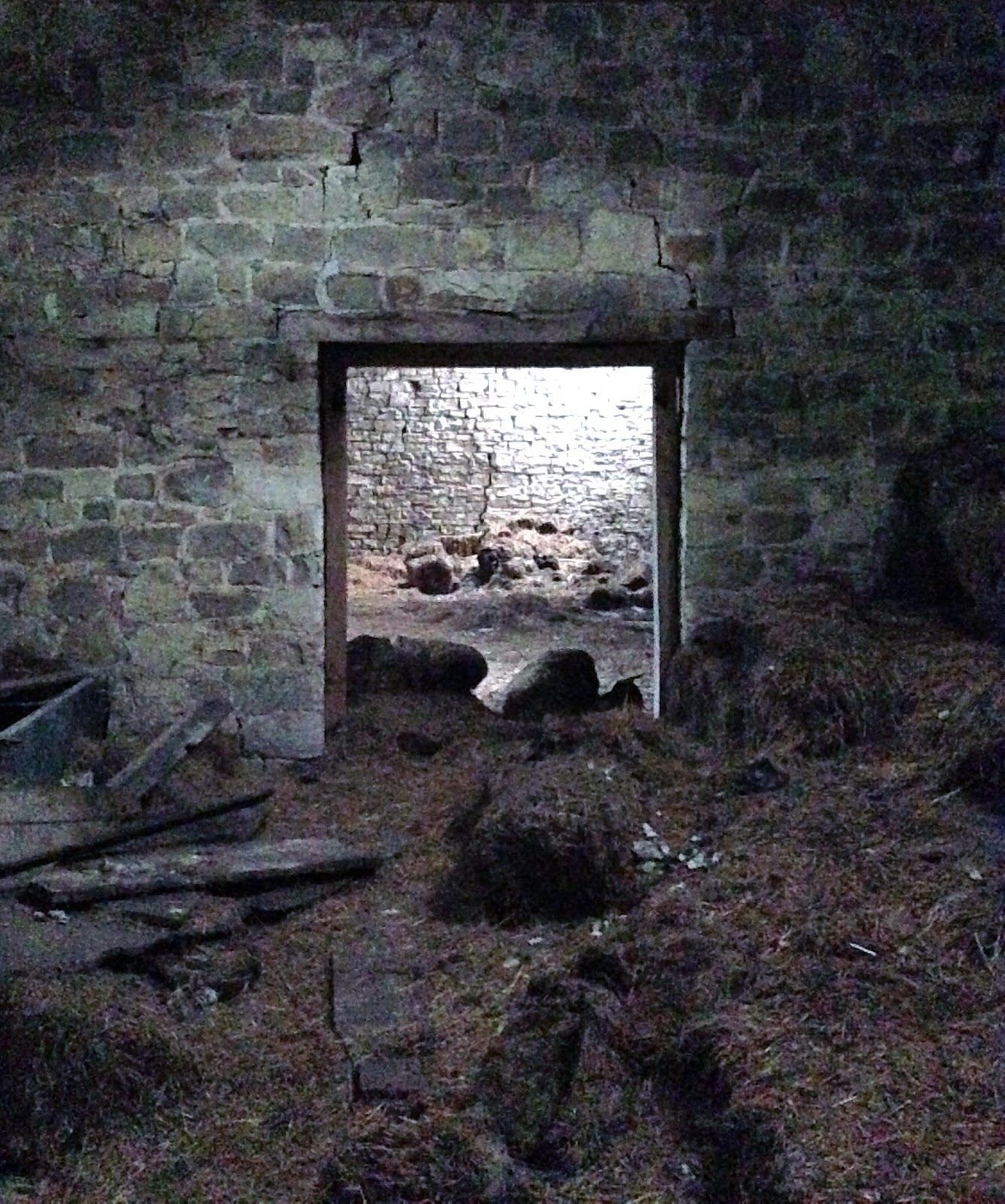
Two terrific summer weeks in the south of France with my family. The first week near Bergerac was notable for the unseasonably cool weather and rain although we all had a splendid time and even enjoyed an evening fire in the hearth. Subsequently there were fewer insects around than might be expected but it was as exciting as ever to see the unfamiliar, the lizards on the path, the swallowtail butterflies and the hummingbird hawk moths and carpenter bees around the flowering plants. There was much excitement one morning when the children came running to me to say that there was a snake in the pool filter. I went to retrieve the reptile and with excitement and trepidation I carefully lifted off the lid as the children squealed, to capture a ...... children's beanbag. Over the course of the week I fished a number of drowned insects from the pool and pinned them in my boxes, including quite a few hornets, clean and purposeful in their design but which seemed fatally drawn to the pool at night. My home made moth trap was spectacularly unsuccessful, I need to learn more about making an effective box beneath the light, and seemed to only attract hard to identify micro moths


We then spent a number of wonderful days camping by the river Dordogne under the castle on the cliff-top above Beynac and with the returning sun the insects were suddenly more evident. The meadow next to the campsite was teaming with giant bush crickets, cone-heads, mint beetles and many species of grasshoppers and I spent hours catching them in our net and taking photographs and drawing. There were also lots of caterpillars about, wasp spiders, banded agrion damsel flies, crayfish and barbel in the river, sand wasps on the banks and a red squirrel in the trees. The largest cricket was spotted by Freddie from inside the tent as it cast a shadow on the ceiling having alighted on the canvas in the early morning. The excitement and pleasure of seeing these lovely creatures, and actually having the time to sit with a light outside at night and to draw them, gives me a small and enviable understanding of how Wallace and Darwin must have felt when they first arrived in a tropical rainforest clutching an insect net and a satchel of containers.

Wasp spider - Argiope bruennichi - web quite distinct as it has thick ladder-like sections vertically across the face of the web, called a stabilmentum. When found out and about the spider is quick on it's feet and hard to photograph.
A black and yellow Buff Tip caterpillar, Phalera bucephala.
A hawk moth caterpillar with it's distinctive hind-end horn. The shape of the caterpillar, with it's small head and tapering body, makes me think it might be the Hyles hippophaes, similar to the bedstraw hawkmoth, but the horn looks bluer than the picture in my collins insect guide.

I think that this may be a long-winged conehead, Ruspolia nitidula, I also saw short-winged coneheads and both were notable for their size and the large ovipositor at the end of the abdomen. (*See photo on ruler and watch of a large specimen, above) These are astonishingly hard to see amongst the long grass and rather slow moving so not easy to catch in the net like the more jumpy smaller grasshoppers. To catch these you need to just look hard until you can see them and then pick them up carefully. As with so many wild things I didn't see any until I had seen the first one and then the brain 'learns' what to look for and you see more. As well as the grasshoppers and green crickets there were black field crickets running about on the ground amongst the grass.
One of many brown and hard to identify grasshoppers. This one, here on a loo roll, was notably stocky and had beautiful white borders on top of it's thorax and along it's wing casings.
The glorious little mint beetle, a brilliant jewel amongst the leaves -
Chrysolina menthastri
Sand wasp - I think Sceliphron destillatorium, as it has a black abdomen and yellow and black legs. I watched it marching about with purpose on the sandy Dordogne river bank, perhaps looking for a nest hole or hunting for spiders and other prey to paralyse.




















































